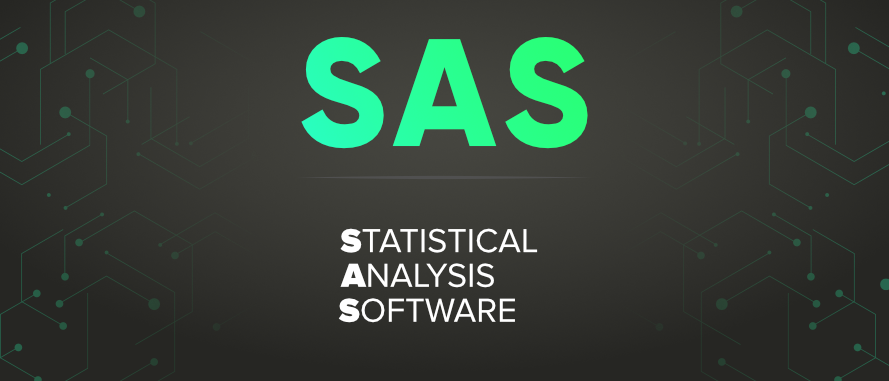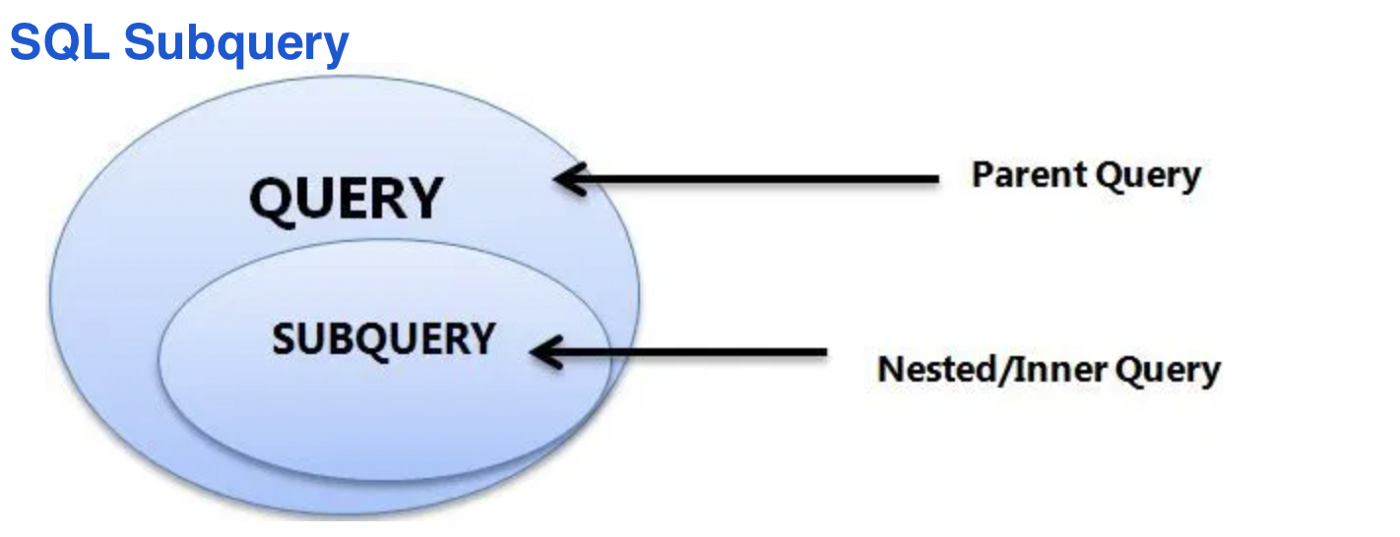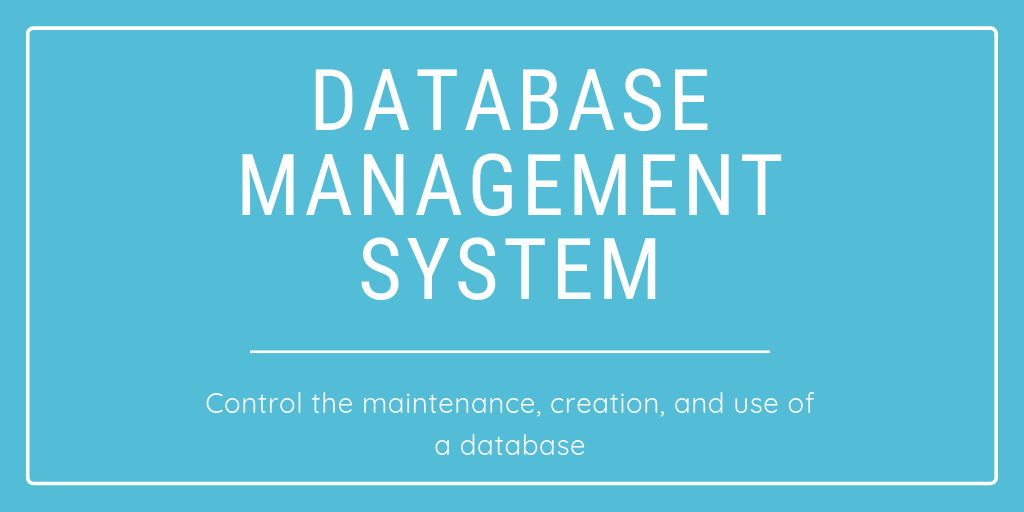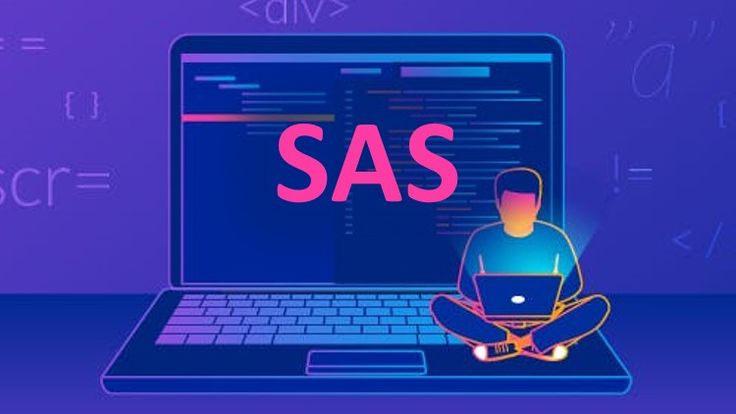Description
Introduction
The Advanced SAS Programmer Learning & Certification course is designed for data analysts, statisticians, and SAS users aiming to deepen their expertise in SAS programming. This course builds on foundational SAS skills, focusing on advanced techniques in data manipulation, SQL processing, macro programming, and performance optimization.
By mastering advanced SAS capabilities, learners will be equipped to tackle complex data challenges, improve efficiency, and enhance analytical workflows, leading to certification as an Advanced SAS Programmer.
Prerequisites
- Proficiency in basic SAS programming, including data step processing and PROC SQL.
- Familiarity with statistical concepts and data manipulation.
- Access to SAS software for practical application.
Table of Contents
- Introduction to Advanced SAS Programming
1.1 Overview of Advanced SAS Features
1.2 Importance of Advanced Certification
1.3 Setting Up the SAS Environment - Advanced Data Step Techniques
2.1 Enhancing Efficiency with Array Processing
2.2 Using Hash Objects for Data Lookup and Storage
2.3 Error Handling and Debugging in Data Steps
2.4 Understanding Automatic Variables(Ref: Advanced Stored Processes Using SAS 2 for Data Management) - PROC SQL Mastery
3.1 Advanced Query Techniques and Optimization
3.2 Joining and Subquerying Large Datasets
3.3 Using SQL Functions for Data Manipulation
3.4 Integrating PROC SQL with Data Steps - Macro Programming
4.1 Creating and Using Macros for Automation
4.2 Macro Variables, Scopes, and Functions
4.3 Writing Complex Macro Programs
4.4 Debugging and Optimizing Macros - Efficient Data Manipulation
5.1 Managing Large Datasets with Indexing and Views
5.2 Leveraging Data Compression and Formats
5.3 Sorting and Merging Data Efficiently
5.4 Data Integration from Multiple Sources - SAS Functions and Advanced Techniques
6.1 Applying Advanced Statistical Functions
6.2 Using Call Routines and Custom Functions
6.3 Utilizing Time Series and Financial Functions
6.4 Generating Custom Reports with ODS - Performance Tuning and Optimization
7.1 Identifying and Resolving Performance Bottlenecks
7.2 Efficient Use of Memory and Disk Resources
7.3 Writing Optimal Code for Parallel Processing
7.4 Techniques for Reducing Execution Time - Preparation for Certification
8.1 Overview of the Advanced SAS Programmer Certification Exam
8.2 Practice Questions and Simulations
8.3 Tips for Exam Success
8.4 Certification Maintenance and Renewal - Applications in Real-World Scenarios
9.1 Advanced Analytics for Business Intelligence
9.2 Case Studies in Healthcare, Finance, and Marketing
9.3 Automating Repetitive Tasks with Macros
9.4 Industry-Specific Problem-Solving Using SAS - Resources and Continuous Learning
10.1 Exploring SAS Documentation and Community Forums
10.2 Leveraging SAS Advanced User Groups
10.3 Recommended Advanced SAS Books and Courses
10.4 Keeping Up with SAS Updates and Innovations
Conclusion
This course empowers professionals to excel in advanced SAS programming, tackling intricate data challenges with confidence and efficiency. With a strong focus on best practices, real-world applications, and certification readiness, learners will gain valuable skills to enhance their career prospects.
Completing the Advanced SAS Programmer Learning & Certification course ensures you are well-prepared for certification and future roles requiring top-tier SAS programming expertise.










Reviews
There are no reviews yet.